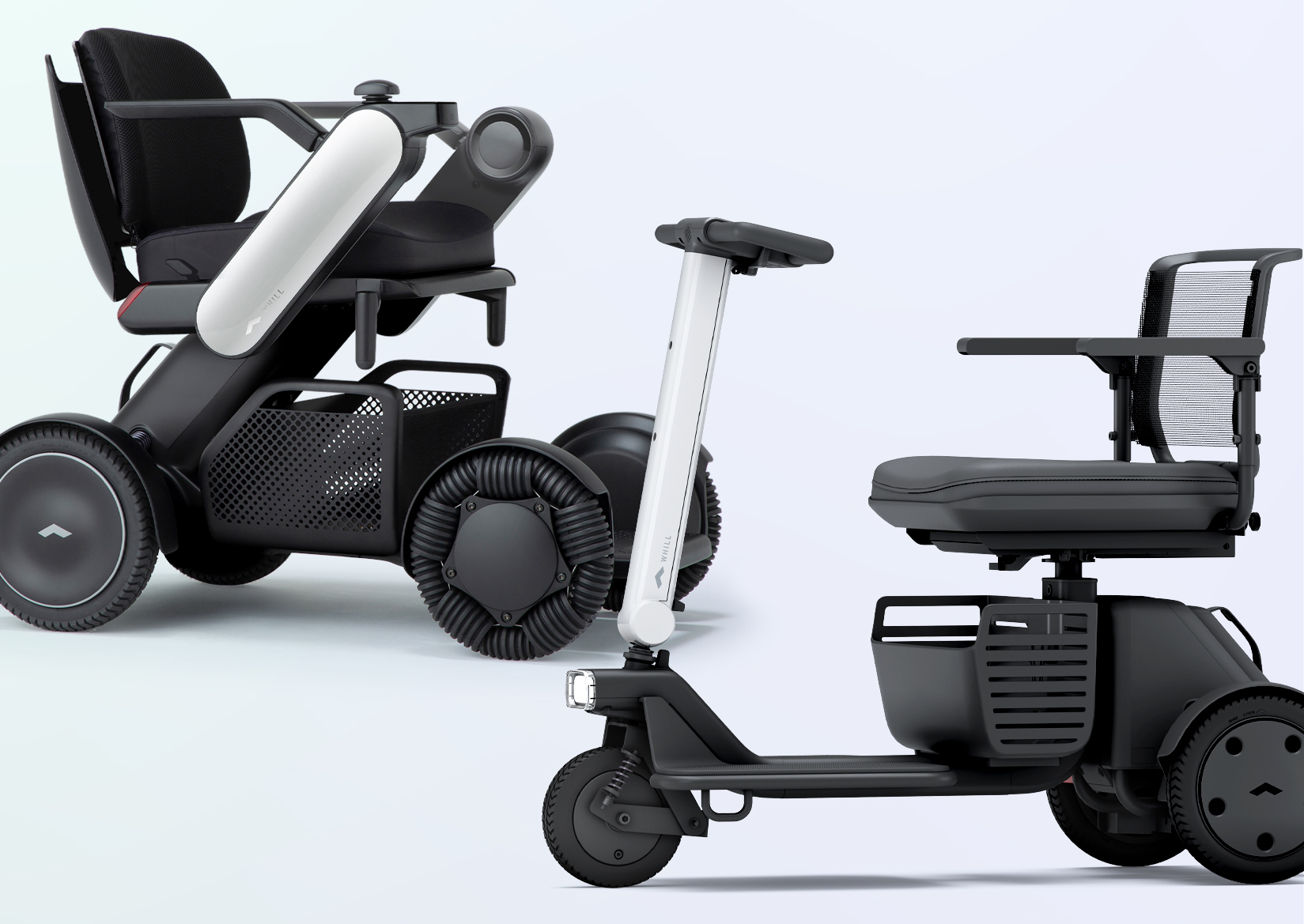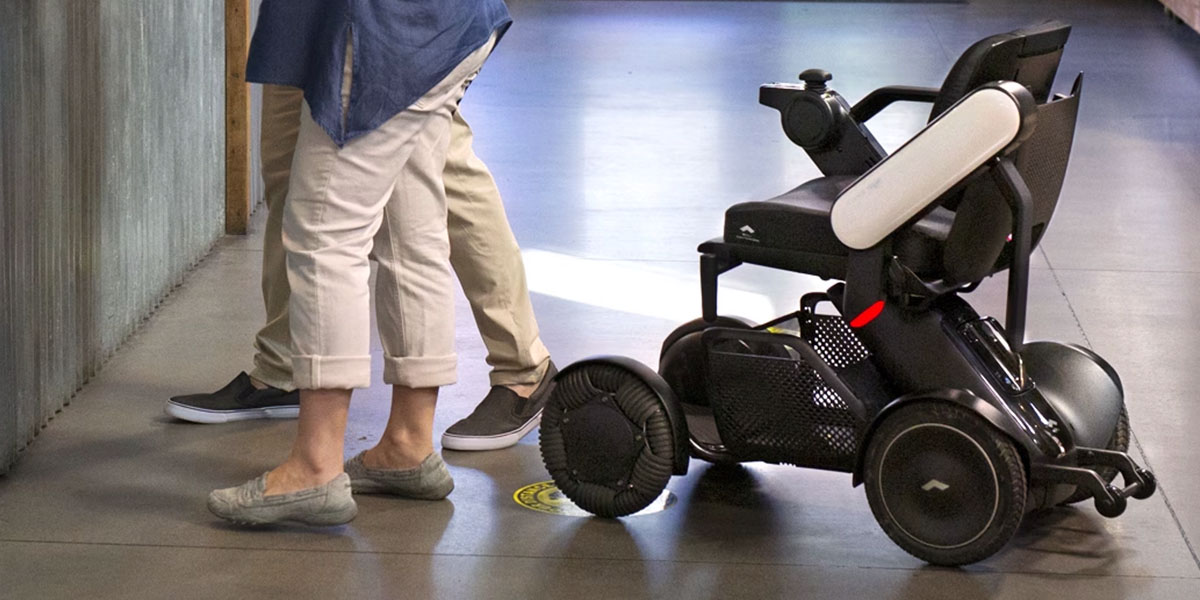Mobility devices play an essential role in helping individuals with limited mobility lead active and independent lives. Both electric wheelchairs and mobility scooters have distinct advantages and differences to meet the specific needs of their users. In this post, we will compare both options, exploring their features, benefits, and differences to help you determine which is your best fit.

What Are Electric Wheelchairs?
An electric wheelchair, also called a power wheelchair or power chair, is a powered version of a manual wheelchair that uses a battery-powered motor to navigate users around. They provide mobility assistance for individuals who may have very limited mobility, often as a result of aging or chronic conditions that cause permanent or long-term mobility difficulty.
Advantages of Electric Wheelchairs
Electric wheelchairs offer a variety of advantages for users, including:
- Improved indoor maneuverability: Electric wheelchairs are typically more compact and better suited for navigating tight indoor spaces.
- Posture support: Electric wheelchairs provide more back support, offering more comfort for longer periods of use.
- Customization options: Many models offer adjustable seating, tilt, recline, and other features that maximize comfort and adaptability based on a user’s unique mobility needs.
- Flexible controls: Electric wheelchairs are often designed with joysticks or other control options that make steering control easier for users with limited strength or dexterity.
Drawbacks of Electric Wheelchairs
There are also some key drawbacks to consider, including:
- Higher cost: Electric wheelchairs tend to be more expensive than mobility scooters, especially for models with more advanced features.
- Heavier weight: While many models can be easily disassembled or folded for portability, electric wheelchairs are often heavier and more bulky compared to mobility scooters.
- Limited outdoor use: Depending on the model, some electric wheelchairs are less ideal for outdoor applications due to tougher terrains and higher obstacle clearances.
What Are Mobility Scooters?
Mobility scooters are battery-powered, single-seat mobility vehicles that assist users with limited mobility or physical disabilities that make walking long distances more difficult. They include three-wheel and four-wheel options, and come equipped with a handlebar for navigation support. Like electric wheelchairs, mobility scooters are also powered by batteries and drive more similarly to a traditional scooter or bike.
Advantages of Mobility Scooters
Mobility scooters provide a range of unique advantages, including:
- Improved outdoor use: Mobility scooters are designed for outdoor use and can often handle rougher terrains or longer outdoor distances.
- Ease of transport: Many mobility scooters are lightweight and easily foldable, making them more portable for easy transport.
- Less expensive: Scooters often have a lower price point than electric wheelchairs, providing a greater range of price points.
- Ideal for longer distances: The larger batteries in mobility scooters often allow them to travel longer walking distances without recharging.
Drawbacks of Mobility Scooters
- Less indoor maneuverability: Mobility scooters tend to be larger and may have more difficulty navigating tight spaces or small rooms.
- Less customization: Depending on the model, the seating and design of mobility scooters may not be as easily adjustable as electric wheelchairs.
- Less suitable for complex medical needs: Due to their design, mobility scooters are often better for individuals who experience temporary or less severe mobility difficulties.

Considerations For Choosing an Electric Wheelchair or Mobility Scooter
If you or a loved one are determining whether an electric wheelchair or mobility scooter for mobility needs, there are several key factors to consider:
Design and Structure
Electric wheelchairs are often more ideal for users with very limited mobility, and are often the better choice for frequent indoor use. They are typically designed with smaller wheels and a smaller turning radius, making navigation easier in tight or confined spaces.
Comparatively, mobility scooters often have larger tires and larger batteries that make them more ideal for outdoor use. With their handlebar design, mobility scooters are also generally a more suitable option for users that have greater dexterity and less complex mobility difficulty.
Indoor and Outdoor Maneuverability
Electric wheelchairs are more compact and have a smaller turning radius, making them the most ideal option for environments such as homes, apartments, hospitals, airports and other indoor spaces.
Mobility scooters often have a larger turning radius and stronger outdoor navigation features, making them a suitable ideal option for outdoor travel and longer travel distances. Many mobility scooters also have larger batteries and tires that make it easier to navigate uneven or rougher terrains.
Comfort and Seating
Electric wheelchairs often have more ergonomic seating and posture support, making them ideal for users who may have complex mobility complications due to conditions such as cerebral palsy, spinal cord injuries or other conditions that require more advanced mobility support.
While mobility scooters also come with comfortable seating, they typically provide less customization to adapt to specific comfort preferences. They are designed to provide more stability and a comfortable riding experience for users who may need mobility support for long walking distances.
User Control
Electric wheelchairs are generally controlled with joysticks or switches, making them adaptable for users with limited hand or arm strength. Some models may include specialized controls that better cater users’ unique needs.
Mobility scooters are equipped with handlebars, allowing users to steer them by turning the handlebars left or right. While these controls are simple, they may require more arm strength and coordination than electric wheelchairs.
Portability and Storage
While many electric wheelchairs can be disassembled for transportation, they are often heavier and bulkier than mobility scooters. It is important to review the ease of loading and unloading, especially if you plan to travel with your device. Some models, such as WHILL’s Model C2 or Model F, are foldable for easy travel and storage.
Mobility scooters are often more portable than electric wheelchairs due to their lighter weight, and foldable models are a great option for frequent travelers. Many models can be disassembled into smaller parts that fit into the trunk of a car.
Cost
Electric wheelchairs tend to be more expensive than mobility scooters due to their specialized design, and the cost can range significantly depending on the features, size, and customization options.
Mobility scooters are generally less expensive overall than electric wheelchairs. Higher-end models often come with improved technology and features, such as stronger batteries, larger obstacle clearances and tighter turning capabilities.
Explore Electric Wheelchairs and Mobility Scooters from WHILL







